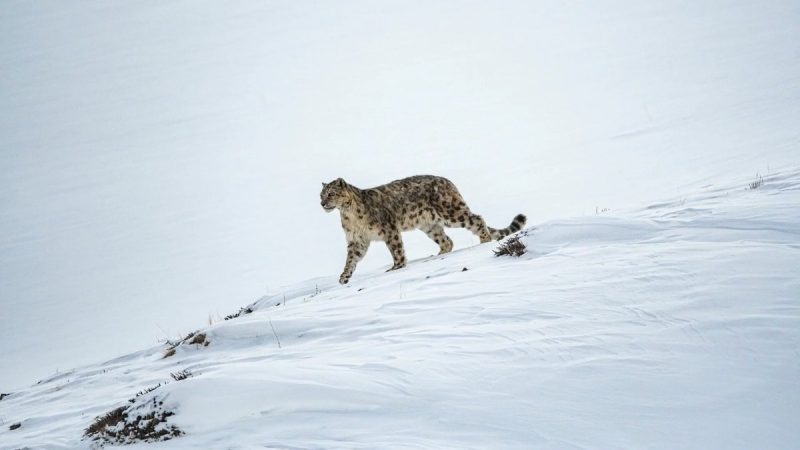The Cold Desert Biosphere Reserve in Himachal Pradesh has just claimed a global spotlight. At the 5th World Congress of Biosphere Reserves in Hangzhou, China (September 26–28, 2025), UNESCO officially welcomed it into its World Network of Biosphere Reserves, making it the 13th Indian site to achieve this honour.
UNESCO Recognition: Himachal Pradesh’s Cold Desert
For India, this isn’t merely a number, it’s a bold testament to the country’s commitment to biodiversity and sustainable living and an acknowledgement that even in the harshest corners of the Himalayas, life thrives in delicate balance.
Spanning 7,770 sq km across Lahaul and Spiti, the Cold Desert is India’s first high-altitude cold desert biosphere. The towering Himalayas cast a rain shadow here, sculpting glacial valleys, sweeping alpine meadows, and wind-battered plateaus that rise from 3,300 to 6,600 metres.
Sitting within are ecological treasures like Pin Valley National Park, Kibber Wildlife Sanctuary, Chandratal Wetland, and the Sarchu plains. Botanists have recorded 732 vascular plant species, including 30 found nowhere else on Earth and 157 endemic to the Indian Himalayas. Wildlife enthusiasts, meanwhile, will recognise snow leopard territory, where Himalayan ibex, blue sheep, golden eagles, Himalayan wolves, and snowcocks share the high-altitude stage.
India’s 13 UNESCO Biosphere Reserves
With this addition, India now boasts 13 UNESCO-recognised biosphere reserves. Each acts as a living laboratory, showcasing how humans and nature can coexist, from the mangroves of the coast to the frozen beauty of the Himalayan deserts. The Cold Desert adds a new chapter to this story of India’s historical places, highlighting survival and adaptation in extreme conditions.
Here’s The Full List Of The 13 Biosphere Reserves In India:
- Nilgiri
- Nanda Devi
- Gulf of Mannar
- Sundarbans
- Manas
- Great Nicobar
- Similipal
- Achanakmar-Amarkantak
- Pachmarhi
- Seshachalam Hill
- Cold Desert
- Agasthyamalai
- Khangchendzonga
The UNESCO tag is more than just symbolic for Himachal Pradesh. It opens avenues for international research, eco-tourism collaborations, and community-led conservation projects. For the Cold Desert, it translates to greater global attention, increased resources, and a stronger voice for one of the Western Himalayas’ most fragile and mysterious ecosystems, ensuring that this high-altitude wilderness continues to whisper its secrets to the world.
Cover Image Courtesy: snowleopardtrust/Wikipedia

